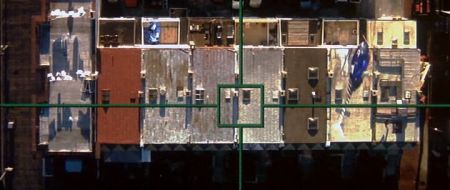So… it’s already nearing the end of the semester. I’ve almost completed 1/6th of my course. Last night, I was gearing up to do the readings for this week when I realised there were no readings for this week. This was accompanied with that strange feeling of emptiness I always get when things are coming to an end.
I’ve settled very easily into the routine of going to uni. If I am anything, I am a creature of routines. My go-to cafe in the morning knows my name and my order. I take pleasure in my routine morning train naps. The slow ride up the escalators at Melbourne Central because I can’t be stuffed walking up them in the morning – all the while that stupid clock plays Waltzing Matilda.
This has been my life for the last twelve weeks. And as the semester comes to an end, I realise that these routines are coming to an end. Next semester I’ll build up new routines. They won’t be better or worse, but they’ll be new.
I’m trying to look forward to new things. Anyway, here’s to change, and the near future.






